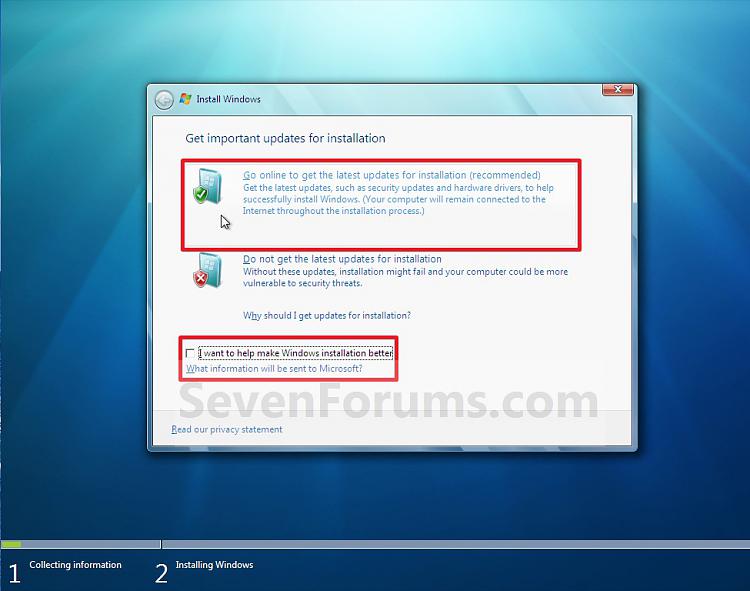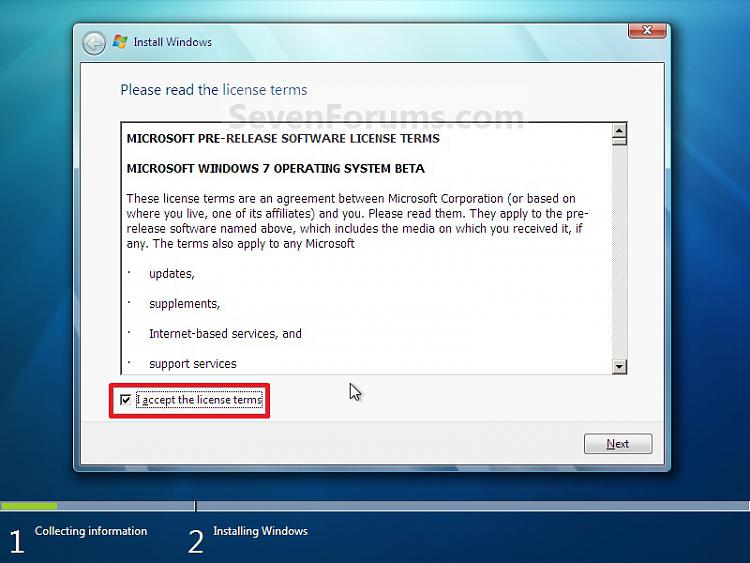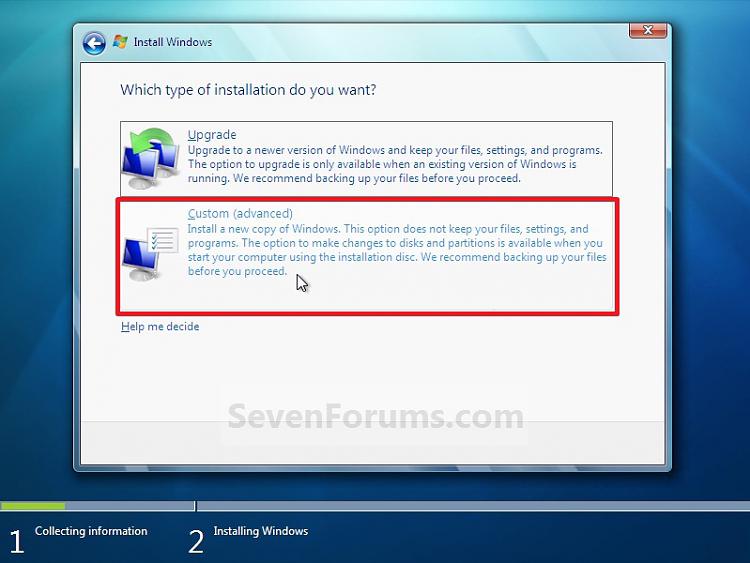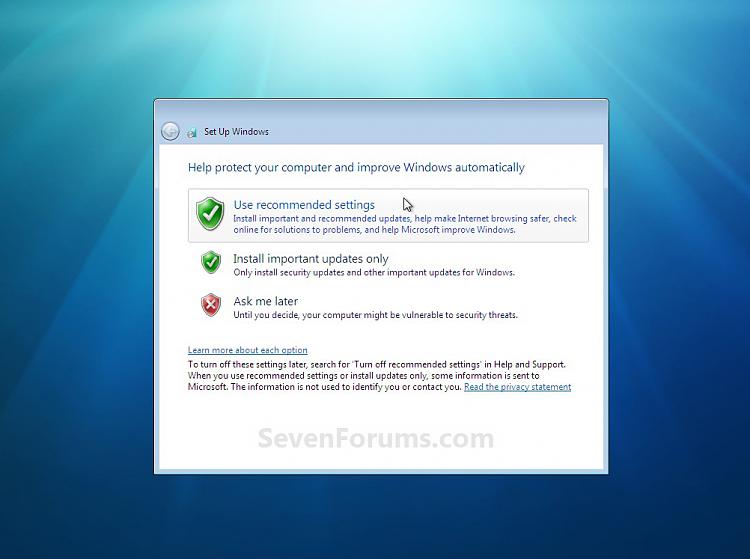|
The Aging Eye: See into Your Future
Even a slight deterioration of any of yoursenses can be scary. Not only can it interfere with your safety and your ability to understand your surroundings, but also it can have a huge impact on your overall comfort and independence.
Still, as you age, some decline in your senses is expected. Eyesight is often one of the first senses affected by aging.
But you can minimize the impact of age-related vision loss on daily life, boost eye health in general, and reduce disease risk by monitoring vision changes, identifying problems, creating an eye-friendly environment, and adjusting your lifestyle habits and dietary choices.
How's Your Vision?
Your first step in protecting your eyes is to distinguish between vision changes that are due to normal aging processes and vision changes that may be signs of disease. Only a doctor can diagnose eye disease, so if you haven't been keeping a regular schedule of checkups, consider making an appointment today.
In the meantime, the quick test at the end if this article is a test many eye specialists give to help determine whether a person may be exhibiting signs of eye disease.
Normal Age-Related Vision Changes
Not all declines in vision quality are the result of disease; certain anatomical changes naturally occur as the eyes age.
The various internal and external structures of the eyes, which all work together to help people see clearly at various distances and under different lighting conditions, begin to wear down as people get older.
Common age-related vision complaints include:
"I can't see as clearly as I used to."
"I have difficulty seeing objects close up."
"Colors don't seem as vivid."
"It's getting more difficult to see in the dark."
"I'm less able to adapt to glare."
"I need more light to see."
The most significant age-related changes seem to occur in the lens and the pupil; these account for the majority of vision limitations people experience as they get older. The extent to which these changes affect vision varies a bit with each person. But regardless of the degree to which these changes affect you, you can compensate for them and help ensure they don't endanger your safety or make it difficult for you to enjoy life.
Age-Related Eye Change #1
The pupil becomes smaller and less responsive to variations in light.
Impact: Because the pupil controls the amount of light that reaches the retina, age-related changes to the pupil may affect vision in many ways. First, as the pupil decreases in diameter, seeing well in dim light becomes harder. In addition, the less able the pupil is to adjust to varying light conditions, the less tolerable glare becomes and the more difficult it is to adapt from darkness to bright light or vice versa. This means as you get older, you may need more time to adjust to changing levels of illumination, such as going from bright sunshine into a dimly lit room or restaurant.
Compensation: Proper illumination can compensate for many of the changes in your pupil as you age. Try these illumination techniques:
Increase the amount of ambient light throughout your home.
Use individual lights or task lighting for specific tasks. Studies show that for specific tasks, the average 60-year-old person needs at least three times the amount of light compared with the average 20-year-old.
Use timed lighting that switches on and off at set times of the day to ensure consistent ambient lighting.
Install motion-sensor lights in your home that turn on automatically when you enter a room.
Avoid bare bulbs, clear shades, and chandeliers without shades; these produce glare that can be disorienting and uncomfortable.
Cover shiny, highly polished surfaces in the home or work areas with cloth or rugs to reduce glare.
Age-Related Eye Change #2
The lens of the eye begins to lose elasticity.
Impact: In the same way that losing flexibility in tendons and muscles makes it more difficult for the body to move, losing lens elasticity also makes it harder for the lens to bend in order to focus on closely held objects. This loss of focusing power, or lens accommodation, is known as presbyopia.
Compensation: Investing in certain sight aids can help compensate for losses in up-close vision. Try these sight aids if you're having trouble seeing close up:
See your eye specialist regarding corrective devices such as reading glasses, bifocals, trifocals, progressive lenses (no lines), or possibly contact lenses to help you correctly see objects at close proximity.
Have your eyes rechecked and reading lenses adjusted every 2 or 3 years; changes in lens elasticity typically occur progressively between the ages of 45 and 65.
Shine additional light on close work materials to enhance your near vision; lights with adjustable necks are best for directly targeting work.
Consider simple, over-the-counter reading glasses for up-close work if you do not need corrective lenses to see distances. The typical range of magnification needed is from +1.00 to + 3.00. Choose a weaker glass for computer work or a stronger glass for reading.
Researchers are studying new surgical interventions and devices that could restore at least some amount of near vision. However, these techniques are experimental, and given the tendency of the eye structure to constantly change, the long-term success of such interventions is unknown.
Age-Related Eye Change #3
The lens of the eye gradually yellows with age.
Impact: The yellowing of the eye lens affects color perception. For example, the yellowing lens tends to absorb and scatter blue light, making it difficult to see differences in shades of blue, green, and violet. Colors may seem duller, and contrasts between colors will be less noticeable. This may cause confusion when picking out clothes or performing other tasks that require color perception. It also may become difficult to tell where an object ends and its background begins, making it difficult to see curbs or steps, for example.
Compensation: A few specific adjustments to lighting and color choices should help alleviate the effects of minor lens yellowing. Try this:
Choose halogen or fluorescent bulbs specifically designed to improve color rendering. Bulbs with a color-rendering index (CRI) above 80 may best help older eyes with color definition.
Use warm contrasting colors, such as yellow, orange, and red, in your home to improve your ability to tell where things are and make it easier to perform daily activities.
Put colored tape on the edge of steps to help make them easier to navigate.
Eventually, the underlying process that causes lens yellowing may lead to cataracts. Surgical procedures are available for people whose degree of vision impairment due to cataracts is severe enough to interfere with safety or quality of life.
Give Your Eyes a Boost
Creating an eye-friendly environment is only the beginning of boosting your vision. Studies show that certain lifestyle habits and dietary choices may help protect the lens of the eye and reduce the risk of certain lens conditions that diminish sight.
For example, a study published in the American Journal of Nutrition reveals that a diet rich in vitamin C and foods containing plant pigments, or carotenoids, may help protect the lens of the eye and reduce the risk of cataracts. A lack of these nutrients appears to speed cross-linking, a process in which proteins in the lens form unwanted links or bonds, making the lens thicker, more rigid, scattering even more light than it would otherwise.
Carotenoids exhibit antioxidant properties. Examples include beta carotene, lycopene, and lutein. There is no recommended daily allowance for carotenoids, but you can get your fill by eating lots of produce. Carotenoid-rich foods include sweet potatoes, cantaloupe, spinach, tomatoes, kale, and mangoes. Aim for four servings of fruit and five servings of vegetables per day to help ensure you get the nutrients you need to maximize your eye health.
In addition to certain nutritional deficits, other lifestyle choices may speed up cross-linking and put lens health at risk. These include smoking and excessive exposure to UV rays from the sun.
What's Not a Normal Part of Aging
As you get older, it is very important to have regular eye examinations. Some eye changes may signal something more serious than age-related changes, such as an eye disease that needs medical treatment. Even if you are not experiencing eye symptoms, regular checkups are a must. Many eye diseases do not have warning symptoms but could be minimized or slowed with proper treatment. For example, although eye diseases such as macular degeneration, glaucoma, cataracts, diabetic retinopathy, and retinal detachment are often painless and the onset is gradual, they can greatly impair vision if not promptly treated.
During a doctor appointment, if you have or are suspected of having disorders affecting the retina, or if you are at risk for other eye diseases such as glaucoma, you may be given an Amsler eye test.
Example Amsler Eye Test
Give your eyes a quick check using the Amsler Grid instructions below. This grid is one type of test used by eye-care specialists to identify vision changes that affect central vision -- the vision used for reading and other close-detail work. The Amsler Grid is a standard test for detecting defects in the eye's retina. Remember, this is a simulation of the actual test. Only an eye specialist can make an accurate diagnosis or rule out underlying disease.
Print out a paper version of the grid.
In a well-lit room, hold the grid at normal reading distance (14 18 inches away). If you normally wear glasses for reading, be sure to wear them.
Cover one eye and look at the box.
Focus on the dot in the center of the grid.
Note how the lines and squares appear.
Which of the following most closely resembles what you see? (Choose one.)
straight, evenly spaced horizontal and vertical lines that intersect to form squares, like graph paper horizontal and vertical lines, similar to graph paper, with larger wavy lines bending outward at the center
horizontal and vertical lines, similar to graph paper, with smaller wavy lines bending inward at the center horizontal and vertical lines, similar to graph paper, with lines blurred or distorted toward the center
Repeat the test on the other eye.
Go to the next page to find out what your answers may mean.
What Your Answer Might Mean
If you see straight, evenly spaced horizontal and vertical lines that intersect to form a square, then it is likely that your central vision is normal and healthy. Remember, however, that self-administered test results are not reliable, and this test is not a substitute for an expert medical diagnosis. Be sure to schedule regular eye exams in order to stay on top of any changes in your vision.
If some of the boxes are differently sized or shaped from the others, or if some lines are crooked, wavy, missing, blurry, distorted, or discolored, it may be a sign of a possible disturbance to central vision. See your healthcare provider or eye specialist for advice. Remember, however, that self-administered test results are not reliable. It is likely that any anomalies you see in this self-administered test are simply the result of the test conditions or of some other disturbance in your vision that is minor or temporary. This test is not a substitute for an expert medical diagnosis.
Visual Limitations Can Be Addressed
With age, almost everyone's vision deteriorates to some degree. Fortunately, there are several ways to lessen the impact of age-related eye changes. Making up for vision losses, no matter how big or small, is very important. If ignored, even mild visual impairment can lead to problems ranging from feelings of depression and social isolation to injuries from falls.
By addressing any age-related vision troubles as they arise and making the necessary adjustments to your surroundings or lifestyle, you should be able to continue enjoying an active, productive, and independent life.
If you have an eye condition that is due to disease, keep in mind there are probably many effective medical treatments available to ease its impact. The key is getting a diagnosis as soon as possible to learn about your options.
---------------------------------------------------------------------------------------------
The eye is the pulse of the soul.
As physicians judge the heart by the pulse,
so we by the eye.
------Lavater.
|





























